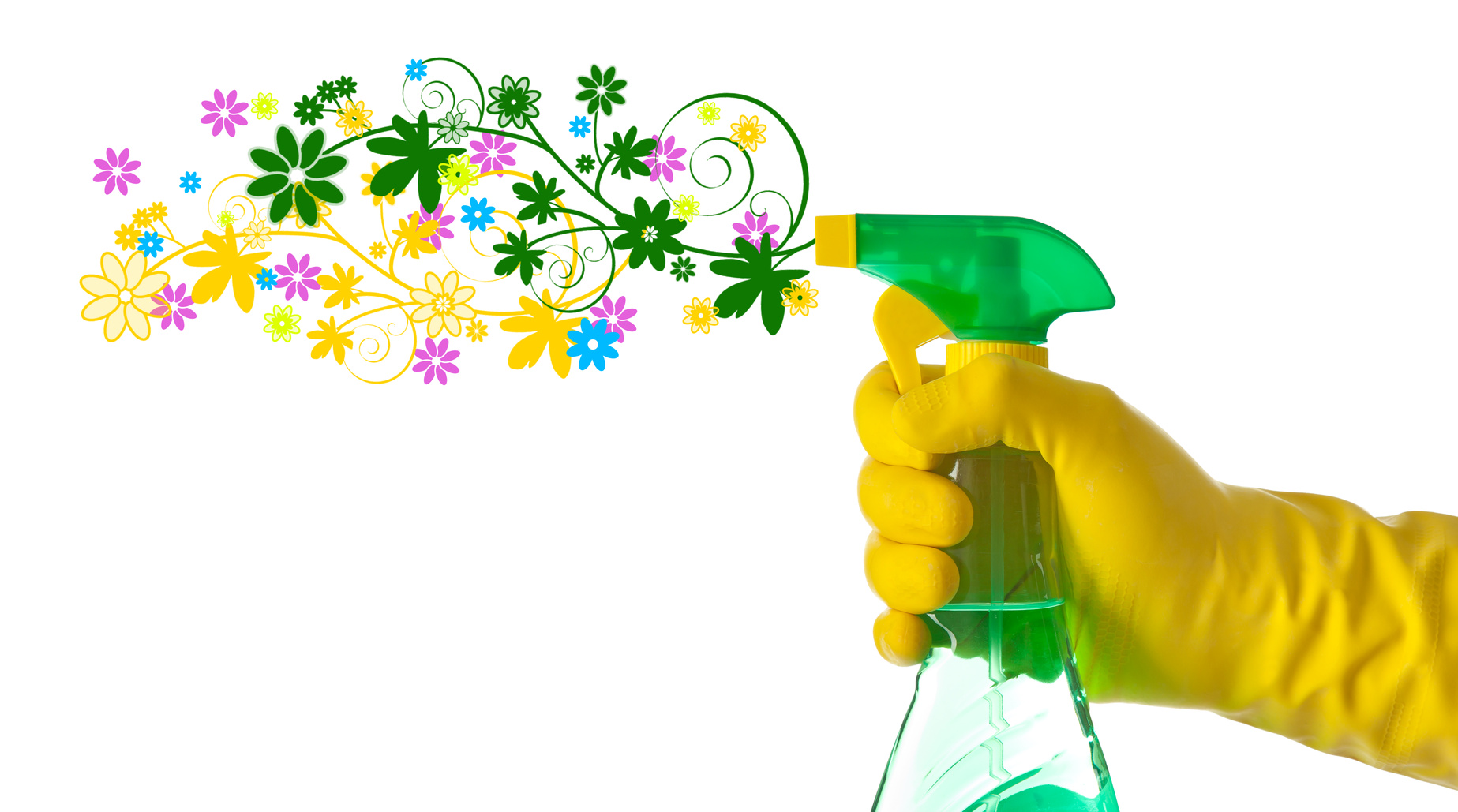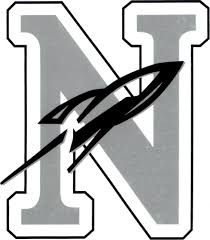Spring has finally arrived. Joyous spring, the season of allergies, thunderstorms (whether you love them or hate them), and perhaps the most iconic, yet somehow mysterious, tradition: spring cleaning.
Although the purpose of spring cleaning seems simple enough, its history is actually a little bit more elaborate than you may have thought. Spring cleaning, by definition, is the practice of thoroughly cleaning the house in the springtime. However, it can also be used metaphorically from time to time. For example, a person who gets his or her affairs in order before an upcoming audit or inspection can be said to be doing some spring cleaning.
As for its meaning, researchers believe that it has its origins in the ancient Jewish practice of cleaning a house thoroughly in anticipation of passover. In remembrance of the Israelites and their flight from Egypt, during the seven day observance of the Days of Unleavened Bread, which immediately follows passover, eating or drinking anything which may have been leavened or fermented with yeast is strictly prohibited. So, to follow tradition, observant Jews conducted spring cleaning and then a traditional hunt for chametz (bread crumbs) by candlelight on the evening before the holiday. This event is thought to be the original basis of the traditional Easter egg hunt.
Spring cleaning still persists in orthodox nations, such as Greece, because the practice of conducting spring cleaning, traditionally between Palm Sunday and Easter Sunday, was continued by early Christians. As well, it is traditional to clean the house during or right before the first week of Lent; the event is known as “clean week.”
Another theory suggests that spring cleaning dates back to the Iranian Norouz (Persian New Year), which falls on the first day of spring, whenever that may be. Iranians continue the practice of khooneh tekouni, which literally means “shaking the house,” just before New Year’s. A similar tradition exists for the Scottish new year, and a cleaning is conducted on Hogmanay, on December 31. This practice is prominent in Ireland, New Zealand, as well as certain parts of North America.
In North America and Northern Europe, the practice of spring cleaning is especially valued due to the regions’ continental wet climates. In America, during the 19th century, prior to the invention of the vacuum cleaner, March was the ideal time for dusting because the weather was warm enough to open doors and windows but still not warm enough to have to worry about bugs and insects entering, as well as the high winds that would essentially carry the dust out of the house. Another reason for this was because the coal furnaces wouldn’t be running, so they would be able to clean all the soot from the walls and furniture.
For the same reason, the modern rural households use the month of March to clean with chemical products because of fumes. The Chinese, however, clean to get rid of any misfortune or bad luck that may have collected over the course of the previous year.
When it comes down to it, although it may seem obvious, it is hard to know exactly where to start and how to get into spring cleaning in an organized way. What comes first? Dusting or windows? Floors or walls? Fear not, for such lists exist; below are some ways to take care of your spring cleaning duties, in order of difficulty.
- Organize your closet(s)
- Remove stains/odor
- Clean out your fridge and kitchen cabinets
- Clean mildew stains from sinks, tubs, and toilets
- Clean tiles, linoleum, hardwood floors, and carpets
- Freshen up your walls with some new paint
- Reorganize your floor plan by moving around furniture
- Take up some gardening/landscaping
- Spruce up your patio
When the grass starts growing and the flowers start blooming, haul out the cleaning supplies and get to work; no matter what culture you are from, after a long winter, we can all appreciate a clean house.
















